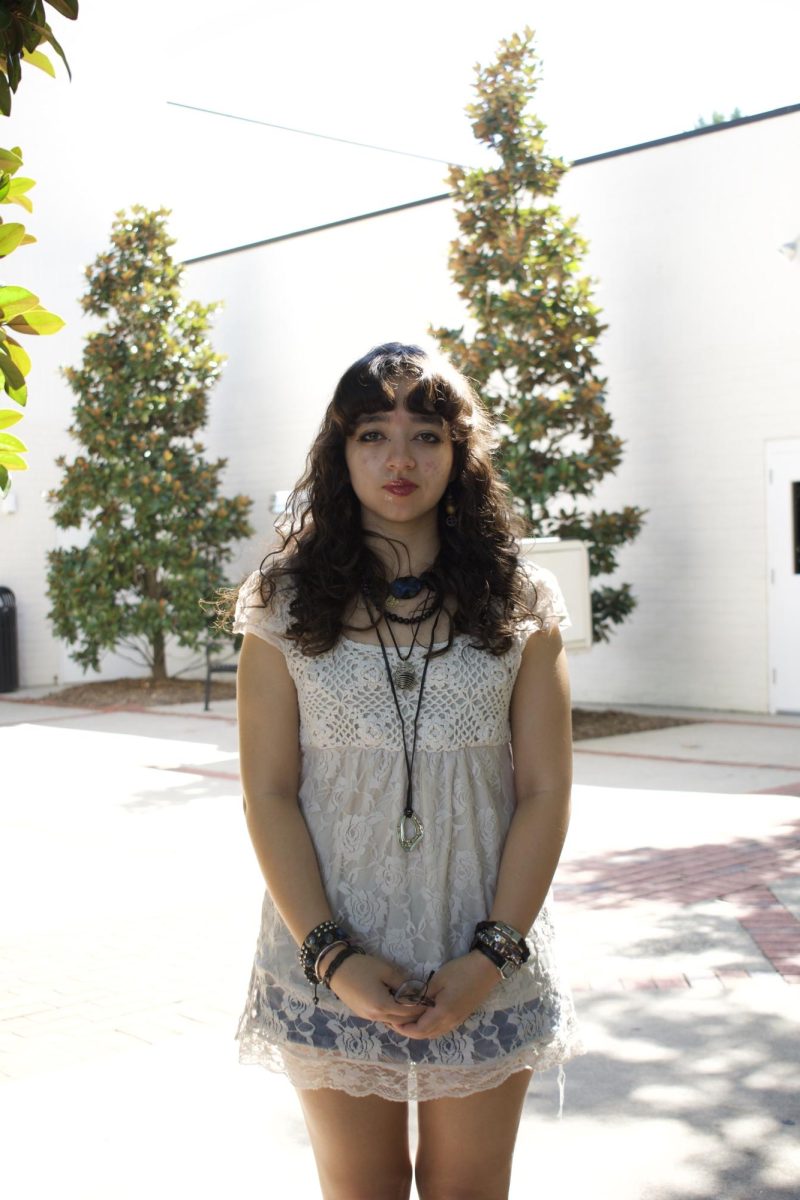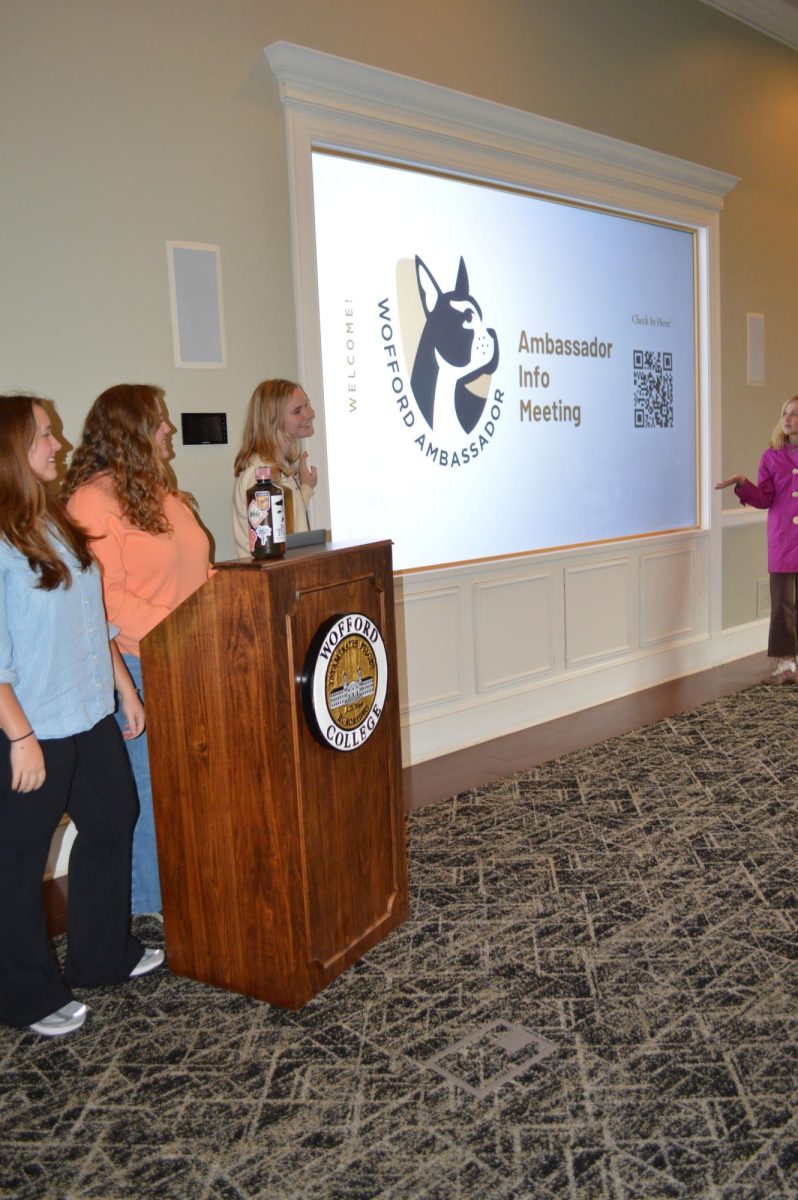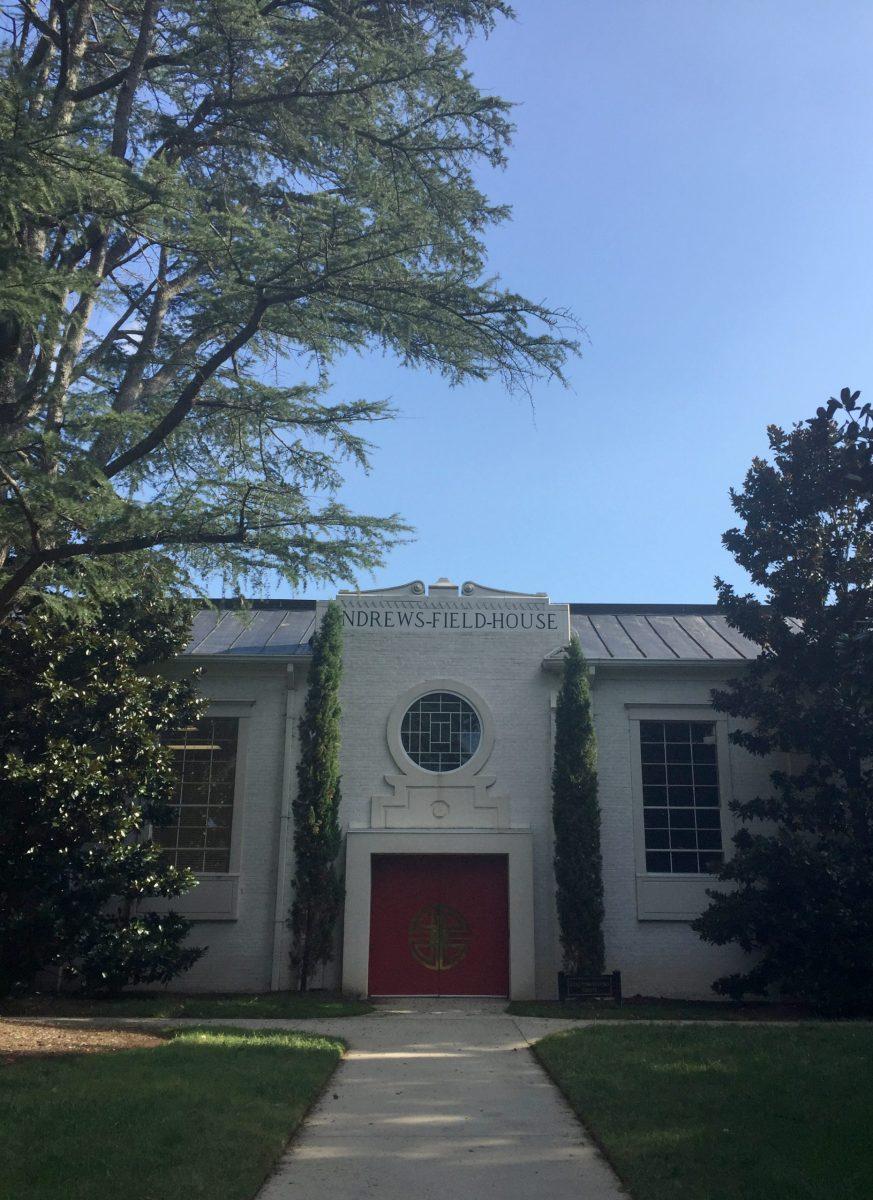Removal of building strips campus of memorial to unspoken advocate
Although many associate Benjamin Wofford with the founding of the college, it was actually Anna Todd who provided the funding and idea to put the money towards education.
Anna Todd’s father, Thomas Todd, was one of the largest landowners in southern Spartanburg county. At the time, he was considered one of the wealthiest men in South Carolina’s backcountry. Benjamin Wofford and Anna Todd met in the early 1800s and were married on July 30, 1807. Thomas Todd died shortly after, in July of 1809. Benjamin Wofford, the only man in the family, became the executor of the Todd estate. Ben began serving as a minister in 1816. Later in 1818, Mrs. Todd died, leaving all of Thomas Todd’s state to Anna Todd. However, because it was the early 1800s, the laws regulated that Benjamin Wofford gained ownership of all of his wife’s personal property as well as the management, but not ownership, of her real estate.
The Wofford family tradition states that Anna was responsible for encouraging Ben to support education in some way. They lived in Columbia, South Carolina at some point and were associated with Reverend William Wightman, who worked at the only Methodist college in the south at the time, Randolph-Macon college. This further influenced Ben and Anna to one day start a Methodist college of their own.
But in October of 1835, Anna Todd died. After her death, Ben traveled and eventually met Maria Scott Barron, who he married in September of 1836. As in his previous marriage, Ben exemplified the ability of a man to out-marry himself socially and economically during this time period. Benjamin and Maria returned to his home in Spartanburg county.
Benjamin Wofford died on Dec. 2, 1850, leaving Maria their home, furnishings, and many other things, including $10,000 and 50 acres of land. In his will, Benjamin outlined a plan for the founding of the college, a plan which Maria did not contest. She began to think of herself as a co-founder of the college and was present when the cornerstone of Main Building was laid in 1851. A lock of her hair even went into the corner stone. Though Maria eventually moved away from Spartanburg, she maintained contact with the college until her death in Jan. of 1883. It was her wish that portraits of she and Benjamin be presented to the college after her death. These portraits can still be found on campus today. The graves of Benjamin and Anna Todd Wofford were moved to campus on Founder’s Day in 1920, 70 yards in front of Old Main.
Although it was Anna Todd’s ideas and money that funded the foundation of the college, she has not been recognized as a founder for years. In 2004, the “little gym” in Andrews Field House (built in the 1940s) was renovated to add sorority offices and a multipurpose meeting room. After this area of the Andrew’s Field House complex was renovated, it was named Anna Todd. The red doors on the front are symbolic of the red house that Thomas Todd built for Anna and Ben.
Recently, it was announced that a new residence hall will take the place of the Andrews Field House complex as soon as the fall of 2020. This new residence hall, funded by one of Wofford’s most generous donors, Mr. Richardson, will be named the “Jerome Johnson Richardson Hall” after its donor. After this addition, one building on campus will be named after a woman (the Rosalind Sallenger Richardson Center for the Arts). But more importantly, it leaves Wofford’s technical founder, Anna Todd, without recognition.
“Although no final decisions have been made for naming venues within the new building, we will continue to look for naming possibilities to honor women important to the history and values of Wofford as we add this new building and others to campus and as renovations are done to other buildings, such as the Burwell Building, the Milliken Science Center and the library,” said President Nayef Samhat.
Caption: This is the Anna Todd building today, with its iconic red doors to represent the house Thomas Todd built for Anna and Benjamin.



























